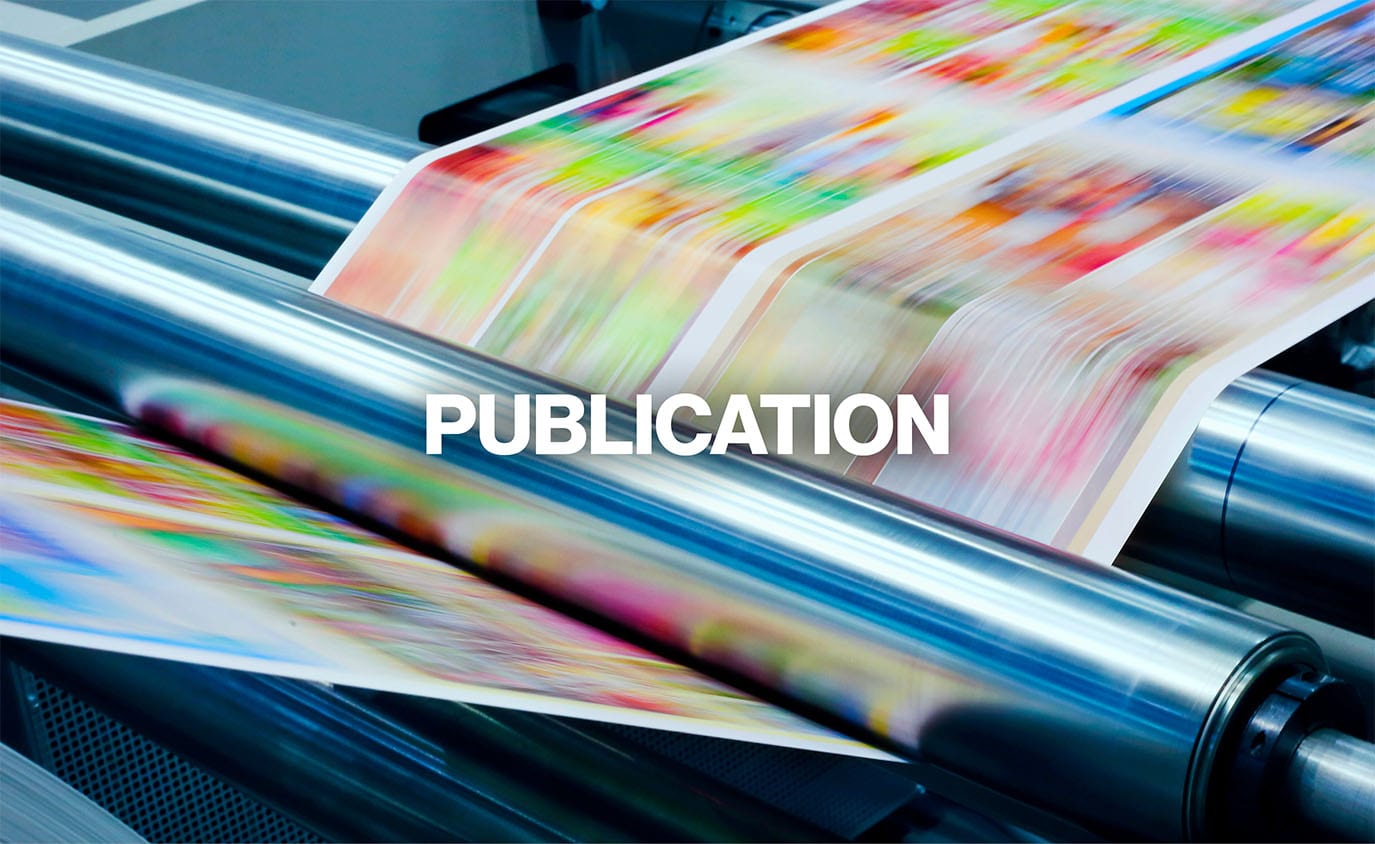
Hueston Hennigan’s “Art of the Trial” series, authored by the firm’s partners and published in the Los Angeles Daily Journal, kicks off with a column by John Hueston, containing his key strategies for creating a compelling opening statement.
Nothing in the practice of law compares to the sheer drama of standing before a judge and jury to make a passionate and persuasive call for justice. After years of delving into arcane facts of law, it is time to decide what is truly critical for your trial narrative and to engage the hearts and minds of the jurors. It is your moment to establish a personal rapport and superior credibility with the jury. every trial attorney has his or her preferred methods for crating and delivering and opening. Here are a few of mine:
Be Your Own Worst Enemy
I prepare for my opening statement as soon as the judge sets a trial date. That’s when I examine the case s if I were the lawyer for the other side. This is not an imaginary exercise; if I am the plaintiff’s counsel, I craft a defense. If I am defense counsel, I craft the attack. This means being honest about the other side’s best arguments, strongest evidence, unimpeachable witnesses. With a clear sense of both side’s strengths and weaknesses, I begin writing my opening statement. I then drop the notes, practice it aloud the night before trial, memorize key highlights, then go to sleep. Early the next morning I run a few miles. Then I’m ready.
Ladies and Gentlemen…
The task of a trial attorney is to connect with the jury. So when allowed, I deliver an opening away from the podium, up close and facing the jury. If local rules call for you to stay near the podium, step one arms-length away so that you don’t appear to be hiding behind it. I also use this time to read the jury and its body language. Unless you are involved in a criminal case, jurors are not likely t gasp, weep or faint (as happened recently during an Iowa murder case, when graphic autopsy photos were shown). But I do look for little nods, raised eyebrows, or the tell-tale crossed arms. see how well you are connecting and on what points.
Never Read Your Opening Statement
When I first trained trial lawyers at the U.s. attorney’s office, I promised my young attorneys that if I ever caught them reading an opening statement in court, I would walk up and pull away their notes. (It happened once; the attorney stumbled for a moment and then improved.) The decision to read your opening is a decision to forego a personal connection with our jury. And your written work has a metric and cadence distinct from a natural verbal communication. Better to forget some words, appear human and make a genuine connection than to read a rehearsed statement.
Read more in the Daily Journal.